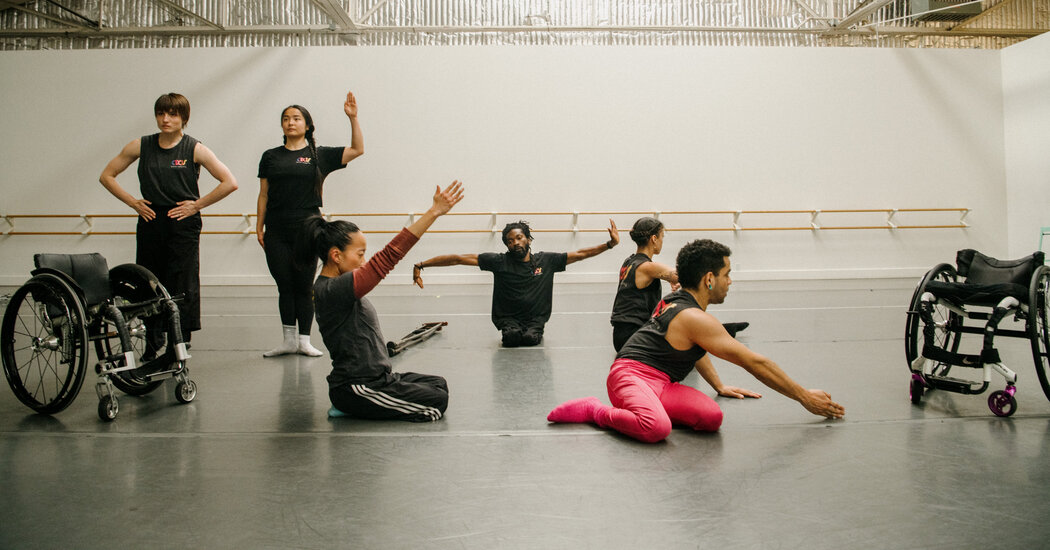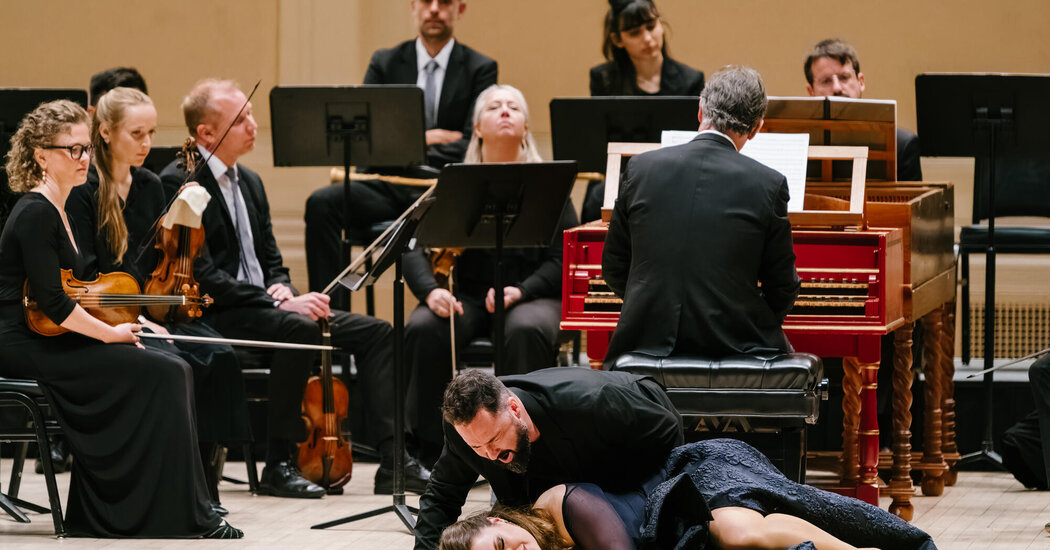When Beyoncé wails, in the opening moments of her “Cowboy Carter” album, that “them big ideas are buried here,” I’ve imagined “big” standing in for “racist” but have never hit pause to wonder about the GPS coordinates. That song’s called “Ameriican Requiem,” so the cemetery is everywhere. And yet partway through Ryan Coogler’s hit “Sinners,” I thought, Oh, this is where ‘here’ is, inside a movie about a 1932 juke joint whose music is so soulful that vampires, who are also a white minstrel trio, want to suck its blood.
She’s envisioning utopia — a place where a Black woman feels free to make any kind of music she wants, including country. He’s imagined a nightmare in which Black art is doomed to be coveted before it’s ever just simply enjoyed. She’s defying the gatekeepers. He’s arguing that some gates definitely need to be kept. To that end, the movie keeps a gag running wherein vampire etiquette requires a verbal invitation to enter the club, leading to comic scenes of clearly possessed, increasingly itchy soul junkies standing in a doorway begging to be let in. People have been calling certain white performers interested in Black music vampires for years. Here’s a movie that literalizes the metaphor with an audacity that’s thrilling in its obviousness and redundancy.
There’s never a bad time for good pop art. There’s never a bad time for Black artists to provide it. But these here times? Times of hatchet work and so-called wood-chipping; of chain saws, as both metaphor and dispiriting political prop; a time of vandalistic racial gaslighting. These times might call for an excessive pop art that takes on too much, that wants to be gobbled up and dug into, an art that isn’t afraid to boast I am this country, while also doing some thinking about what this country is. These here times might call for Black artists to provide that, too, to offer an American education that feels increasingly verboten. That’s not art’s strong suit, pointing at chalkboards. But if school systems are being bullied into coddling snowflakes, then perhaps, on occasion, art should be hitting you upside the head and dancing on your nose.

Beyoncé on the opening night of her “Cowboy Carter” tour in Los Angeles last month.Credit…The New York Times
Now, it’s true that the knobbiest moments on “Cowboy Carter” and in “Sinners” are the equivalent of diagramed sentences. The album uses elders to do its explaining. Before “Spaghettii” gets underway, the singer and songwriter Linda Martell stops by to dissertate on the limitation of genres; Dolly Parton connects her “Jolene” to the home-wrecker in Beyoncé’s now nine-year-old “Sorry”; and Willie Nelson, as the D.J. on KNTRY, Beyoncé’s fictional broadcast network, turns his dial past some real chestnuts to tee up “Texas Hold ’Em.” They’re vouching for the validity of her project’s scope and sincerity, while, especially in Martell’s case, spelling everything out.
The spelling in “Sinners” happens right in the middle of its young protagonist’s first big blues number. Earlier, we’d gotten a taste of what Sammie (Miles Caton), a preacher’s boy, could do. Caton’s molasses baritone and impaling guitar work were really doing it for me when the sound muffles, and in come not one but two micro lectures about this music’s power to “pierce the veil between the present and the past.” And as these explanations of Black music tumble forth, I was surprised to find a very Funkadelic fellow making love to an electric guitar right next to Sammie. Over by the kitchen twerks a woman arguably conjured from some extremely City Girls place. The temperature of instruments changes from live drums to what sound like drum machines. And I soon spy dashikied tribesmen, b-boys, a ballerina and, I’m pretty sure, a decked-out Chinese folk singer, and they’re all gettin’ in the way of the blues.




